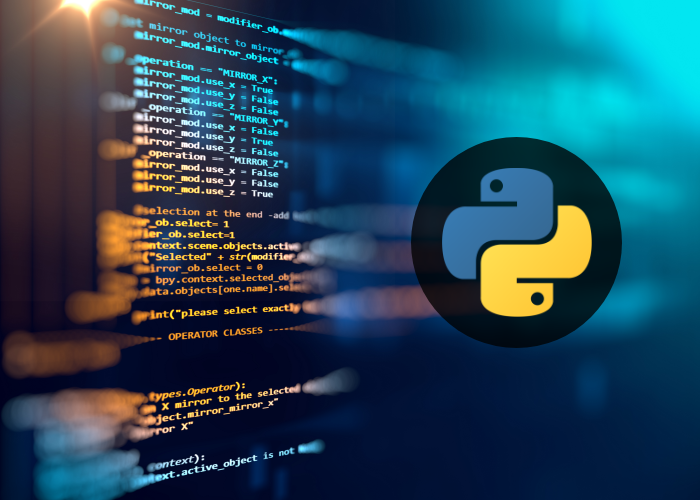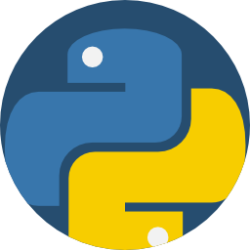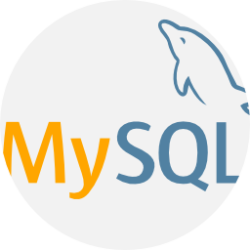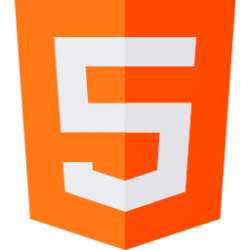
E-commerce application development is the process of creating software applications that enable businesses to sell products or services online. These applications are designed to provide a platform for conducting electronic transactions, managing inventory, processing payments, and providing a seamless shopping experience for customers.
E-commerce application development requires expertise in web development technologies, such as HTML, CSS, JavaScript, and server-side programming languages like PHP, Java, or Python. Frameworks and platforms like Magento, WooCommerce, Shopify, or custom-built solutions can be used to expedite development and provide specific e-commerce functionalities.
The goal of e-commerce application development is to provide businesses with a secure, scalable, and user-friendly platform to sell products or services online, enabling them to reach a wider audience and conduct transactions in a digital environment.







The development of an e-commerce application involves the following key components and considerations:
Business-to-Business : selling products and services from one business to another, like wholesale.
Example https://www.shopify.com
Business to Consumer : selling products and services to specific customer types, like high street shops.
Example https://www.amazon.com
Consumer-to-Consumer : selling products and services through a classified and auction system. Example https://www.etsy.com
Discuss your E-commerce needs with us for outstanding products and quote.
WooCommerce / OpenCart / Bagisto / Magento / Cs-Cart

 07462587347
07462587347 02085748391
02085748391
Copyright © 2023 MEDIAATECH All rights Reserved.